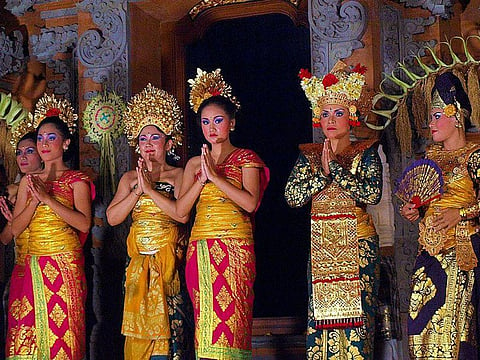
- Home
- न्यूजग्राम
- NewsGram USA
- India
- World
- Politics
- Entertainment
- Culture
- Lifestyle
- Economy
- Sports
- Sp. Coverage
- Misc.
- NewsGram Exclusive
- Jobs / Internships

Shruti Pandey
When we talk of Hinduism, India is the country that flares up in our head as the ubiquitous contender for professing the religion and that too in majority. But as we sidle towards east and stumble upon an archipelago- a conglomerate of about 17,000 islands that lump together to a country that shares its name also, with India; Indonesia. It ranks fourth in the world's most populated country behind China, India and United States of America with an estimated population of 234 million. Out of this mammoth figure, about 1.2% of the population professes Hinduism and almost all of it resides in a small island of Indonesia; Bali. Here are 10 points that you need to know about Hinduism on this land:
Shruti pandey is pursuing b.tech from HBTI Kanpur and aspires to blemish the world with
words. Twitter: @srt_kaka
